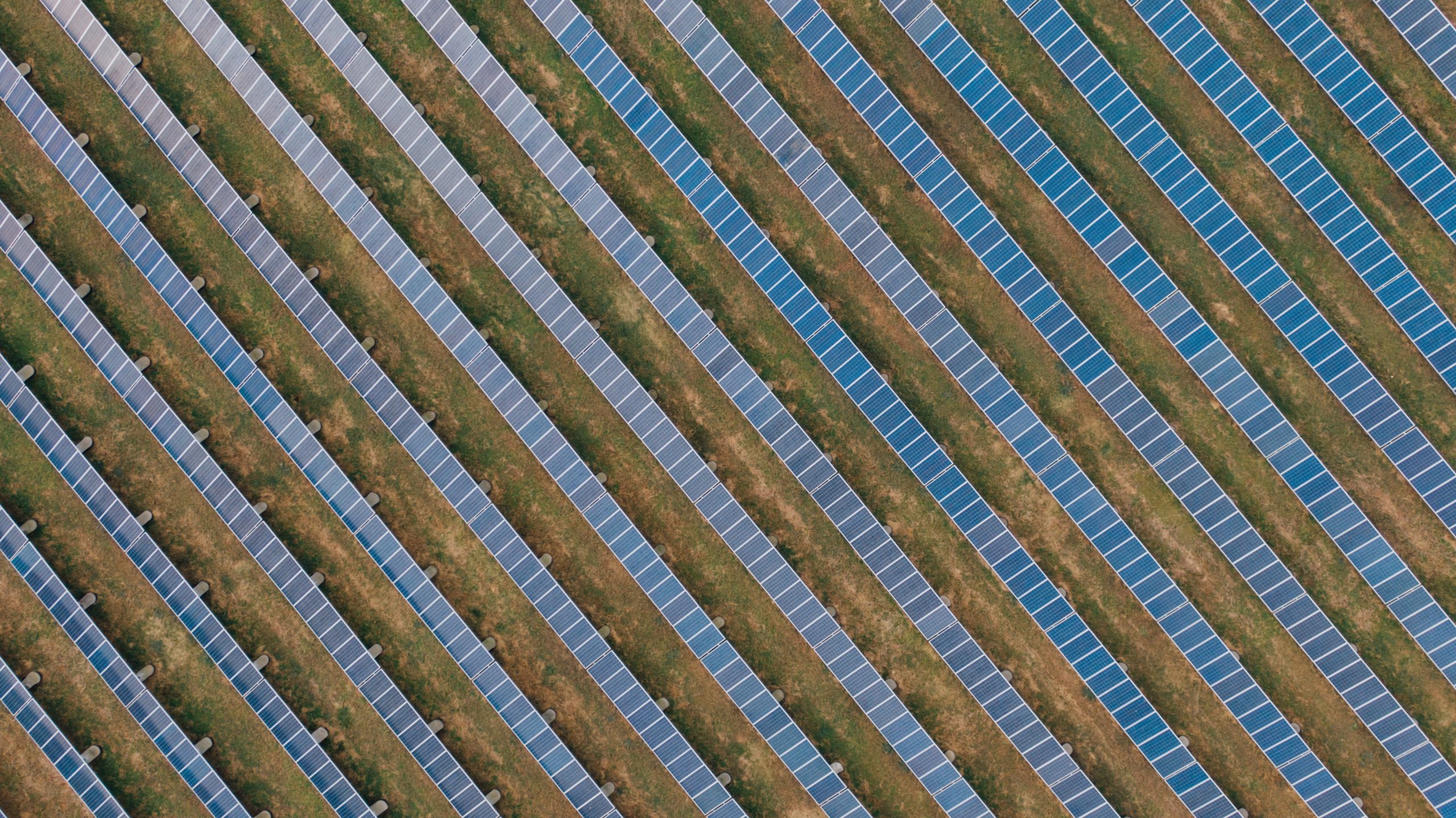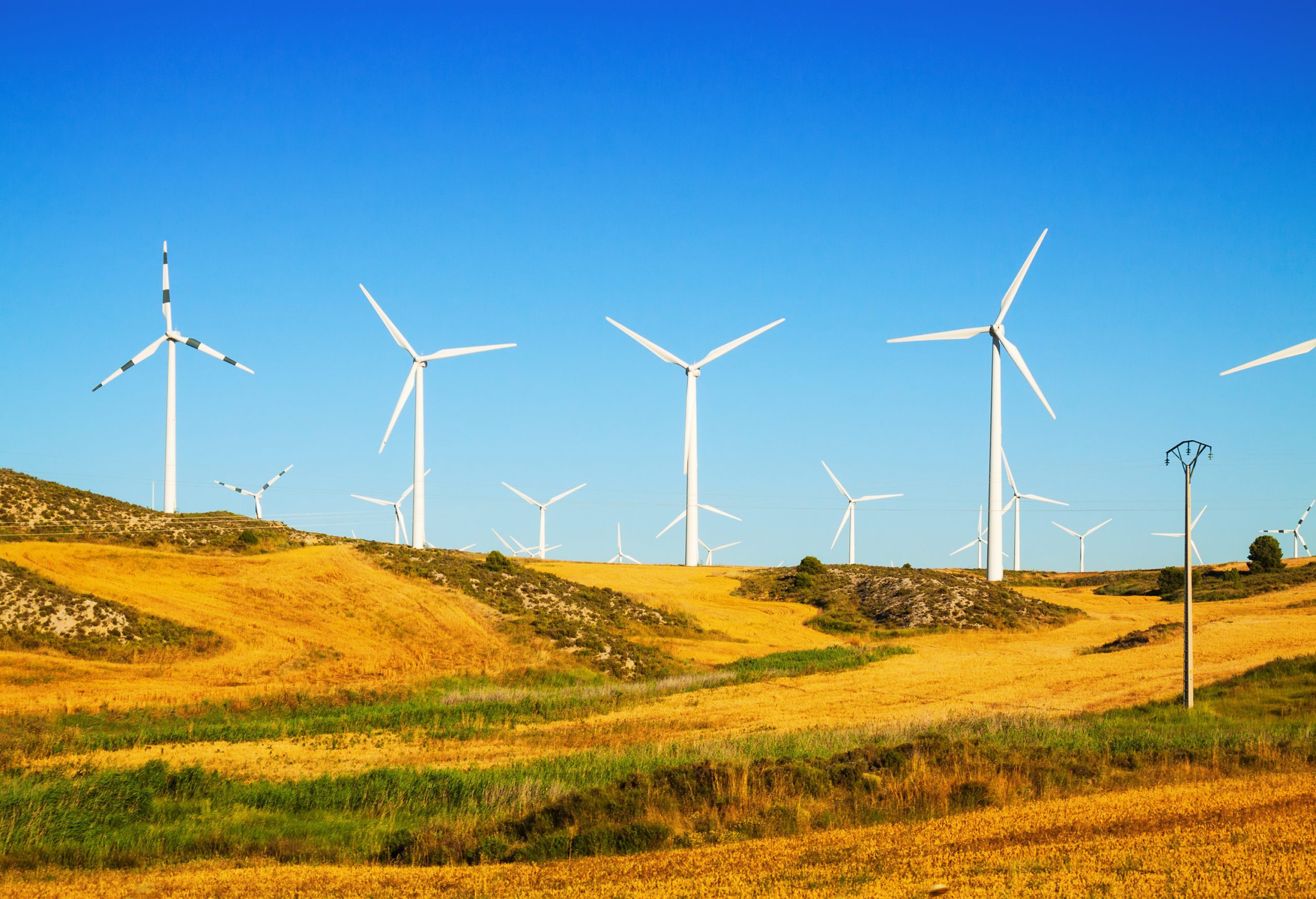Discover the basics of energy market cycles, where we are headed, and what it means to your business
29 June 2022
It seems that governments and corporations have universally accepted the goal of eliminating greenhouse gas (GHG) emissions by 2050. Still, little consideration is given to the cost businesses and households can expect to bear over the next three decades.
Preparedness is key, so let’s briefly unpack this issue here and follow up with actionable ways of mitigating the upcoming changes.
A history lesson: boom-and-bust cycles
Historically, commodities such as oil and natural gas used for heating and electricity have gone through predictable boom-and-bust cycles. When utility prices start climbing, consumers react by reducing use or switching to alternatives, thus decreasing demand for the most widely available resource. In parallel, new and previously put aside projects become economically interesting, and a new trend emerges. For example, when oil prices peaked at $120 a barrel, interest in electric car purchases quickly went up.
Usually, once the new production surplus becomes available, prices go down as the market settles into a new equilibrium. However, low prices stimulate demand for the cheapest available resources while alternative options stall, as when low-cost natural gas displaced coal as a major source of electricity generation in recent years.
When it comes to hydrocarbons, fracking and horizontal drilling have been touted as the driving force behind the most recent boom in the oil and gas industry. Far from innovative, these technologies were already known but considered economically unviable and too risky even 50 years ago, but over the last decade, they’ve overshadowed the initially cost-effective and relatively simple methods of sourcing crude oil.
What’s happening now: understanding the big picture
As the low-hanging fruit of easily accessible oil has now been all but picked, we may have finally reached a tipping point where further gains in technology can no longer offset poorer and poorer quality resources at our disposal. Raising the stakes now means either drilling in ecologically sensitive areas, challenging the geopolitical status quo, settling for lower-quality geological formations, or a combination thereof – all costly choices for different reasons.
For the first time ever, hydrocarbon producers can’t rely on the traditional boom-and-bust cycle of the market. Instead, with banks reducing their access to credit, oil and gas companies have joined the undesirables’ club, up until recently reserved for tobacco producers, casinos, and other industries.
What can we expect?
With no technological silver bullet in sight and most new projects currently on pause due to supply financing issues, we are heading toward an unprecedented commodity supercycle, when producers can’t meet the growing demand, sparking a rally in prices. As a result, we as consumers will become the ones to carry the burden. As consumption will likely start being rationed, energy poverty is likely to surface. We should also remember that commodities are like the plankton of the economic food chain – if their prices rise, we can also expect higher costs of food, travel, and nearly everything else. And that’s what we can see now with the record high gas prices in all states and provinces.
Now: What can you do about it?
While you might not be able to individually affect global trends, the following points can make a big difference in how your business – and household – responds to the upcoming changes:
#1. Look into fixed-rate plans, which can often be negotiated for up to 5 years ahead
In the current situation, this might be an opportunity to lock in a great rate. Keep in mind that this is not advice – every business has different needs, and we can help you investigate whether this particular solution could work for you. The level of certainty that comes with a fixed-rate contract in terms of business forecasts should not be underestimated.
#2. Reduce and adapt your overall energy use
As prices continue to rise, it will critically impact your wallet. Are your windows as energy efficient as can be? Check how many years of break-even it would take to offset the cost of new windows with lower energy bills. Is your roof sufficiently insulated? Are your appliances, light bulbs, and other equipment energy efficient? Are you shifting consumption to off-peak hours wherever possible? It matters.
#3. Get informed by following reliable and diverse sources that will give you a heads-up on the most interesting choices available to you and your business
Here at DNE, gauging energy markets is our passion and expertise, and we will keep you abreast of the latest developments, how they affect your bottom line, and how you can adapt in the most beneficial way. Consider shifting from passively facing price hikes to handpicking suppliers that best match your needs, while potentially leveraging the negotiating power of brokerages such as DNE.
In conclusion, the goal of achieving net-zero GHG emissions by 2050 carries a price tag for consumers to pay, and it is not yet known how heavy it will be. These are uncertain times – the recent high prices and market volatility are not only expected to continue but even increase in the years to come. What we do know is that nobody ever regrets being prepared, so get ready to chart your course and steady the ship: actively seek out suppliers that best match your needs; negotiate and lock in advantageous, long-term rates; follow up with reducing your energy footprint and shifting consumption patterns. You got this, and we have your back.
Need help to take action on fixed-rate plans or any other energy management decision?
Get in touch with one of our experts to get access to your free assessment.
Others articles you might like
How businesses can navigate the volatile energy market in 2023 and beyond
Summer heatwaves and winter cold spells, geopolitical conflicts, and new laws and regulations affect electric...
12 September 2022Third quarter market forecast
In the third quarter, the Alberta power and natural gas market had remained quite volatile. We expect this ongoing volatility to continue to...
26 October 2021Second quarter market forecast
The Alberta Electric System Operator (AESO) power pool pricing has changed materially in 2021. These changes are driven by: Car...
25 October 2021





